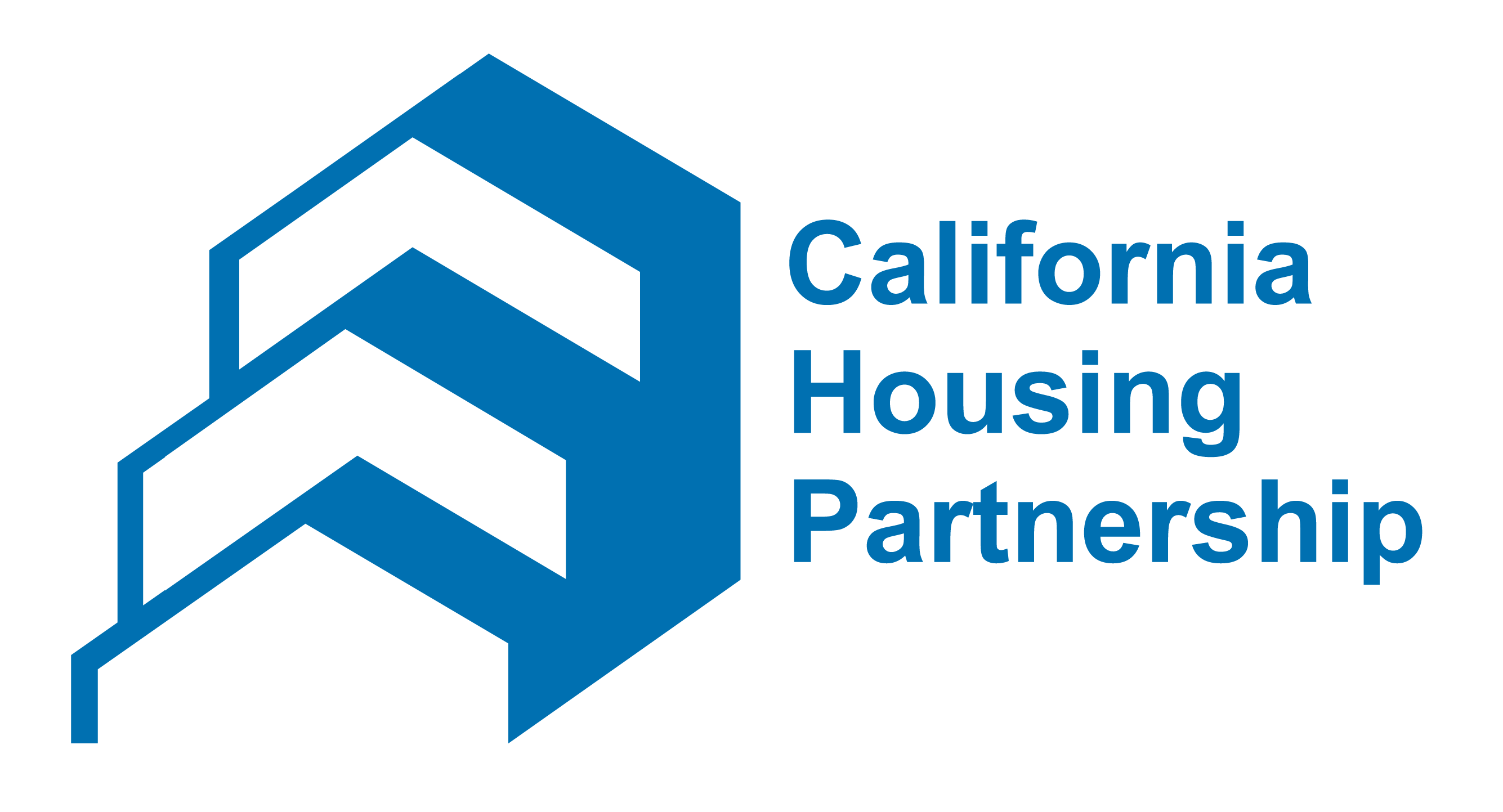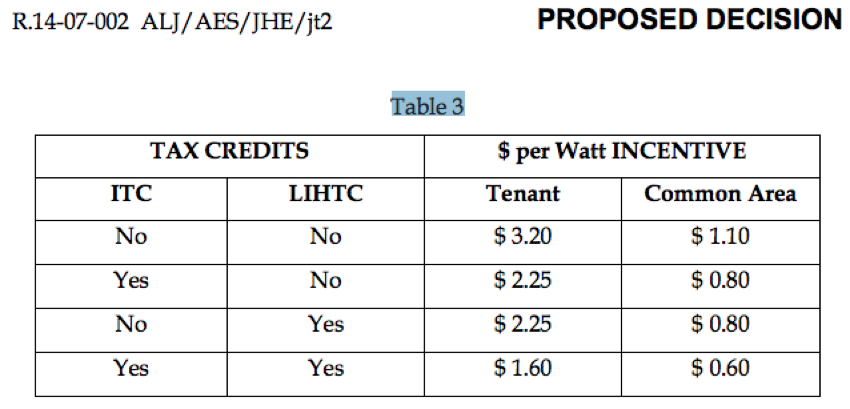Good news – the California Public Utilities Commission (CPUC) finally released its Proposed Decision to implement Assembly Bill 693 creating the $1 billion Solar on Multifamily Affordable Homes (SOMAH) program for affordable rental properties located in investor-owned utility territories! As a reminder, the CPUC is in the process of establishing guidelines for the SOMAH program, which will provide up to $100 million in incentives per year for 10 years, depending on cap and trade revenues. Stakeholder comments are due on November 20, and a final decision will be issued by year-end.
Highlights from the proposed decision:
- Eligible properties must be existing properties with at least five residential units, subject to a deed restriction or regulatory agreement to remain affordable (rent-restricted in disadvantaged communities without specific income limits or ≥80% of the units serving tenants earning ≤60% AMI in other locations), with at least 10 years remaining on the term of the affordability restrictions (p.11).
- Incentive levels for tenant areas and common areas vary depending on whether the project leverages ITC, LIHTC or both, without requiring a new market study, as we requested (see Table 3 on p. 37).
- Incentive levels will step down by the annual percent decline in residential solar costs as reflected by NREL reports, or 5% annually, whichever is less (p. 37-38).
- Interpreted statutory requirement that the program primarily benefit tenants as a requirement that at least 51% of overall system solar credits be allocated to tenant load (vs. common area load). Tenants will receive solar credits through Virtual Net Metering. (p.14-16)
- Tenants at participating properties will not be required to switch to a new tariff, preserving the value of solar for tenants (p. 16-18).
- Five investor owned utility territories will be included (Pacific Gas & Electric, Southern California Edison, San Diego Gas & Electric, PacifiCorp and Liberty) (p.42-44). Customers served by a Community Choice Aggregator (CCA), such as Marin Clean Energy, are eligible if the CCA has a Virtual Net Metering tariff (p.11).
- As recommended by CHPC, the Commission will select a statewide program administrator to serve all five utility territories with experience delivering solar programs, providing technical assistance to multifamily affordable properties, and tracking and reporting program and workforce data (p.46-47).


